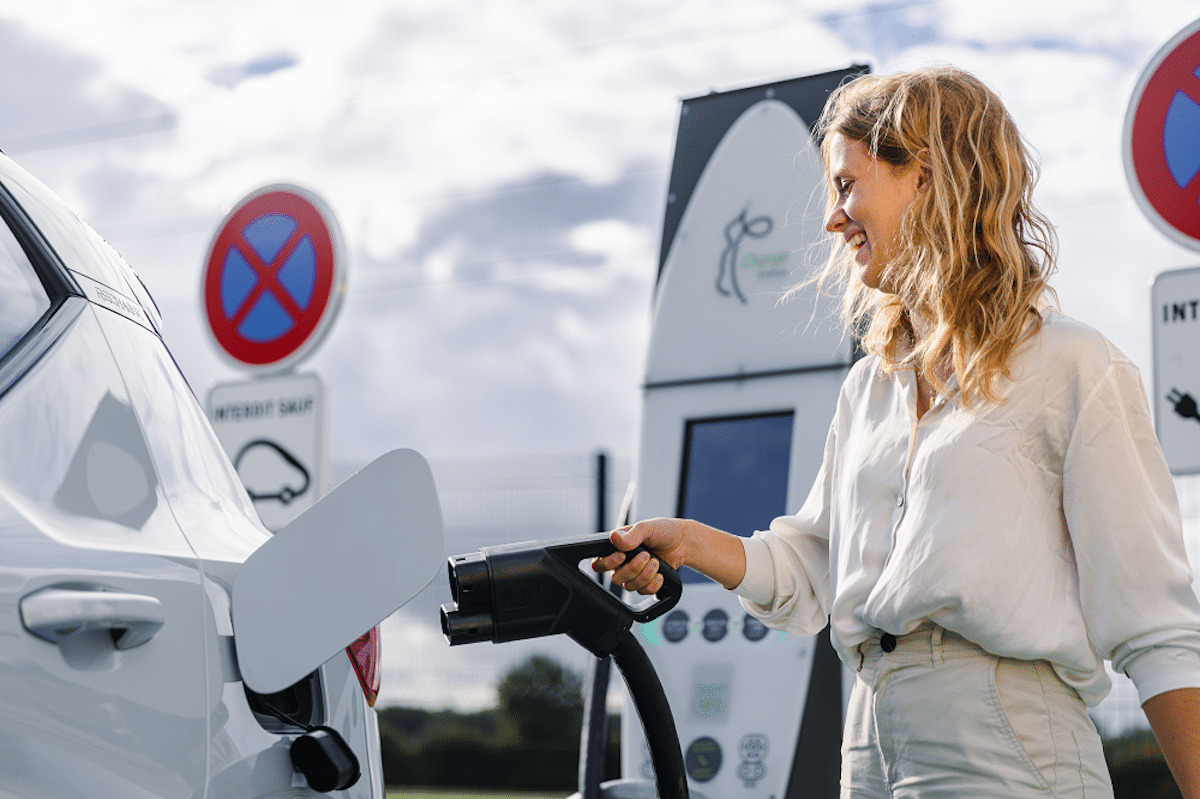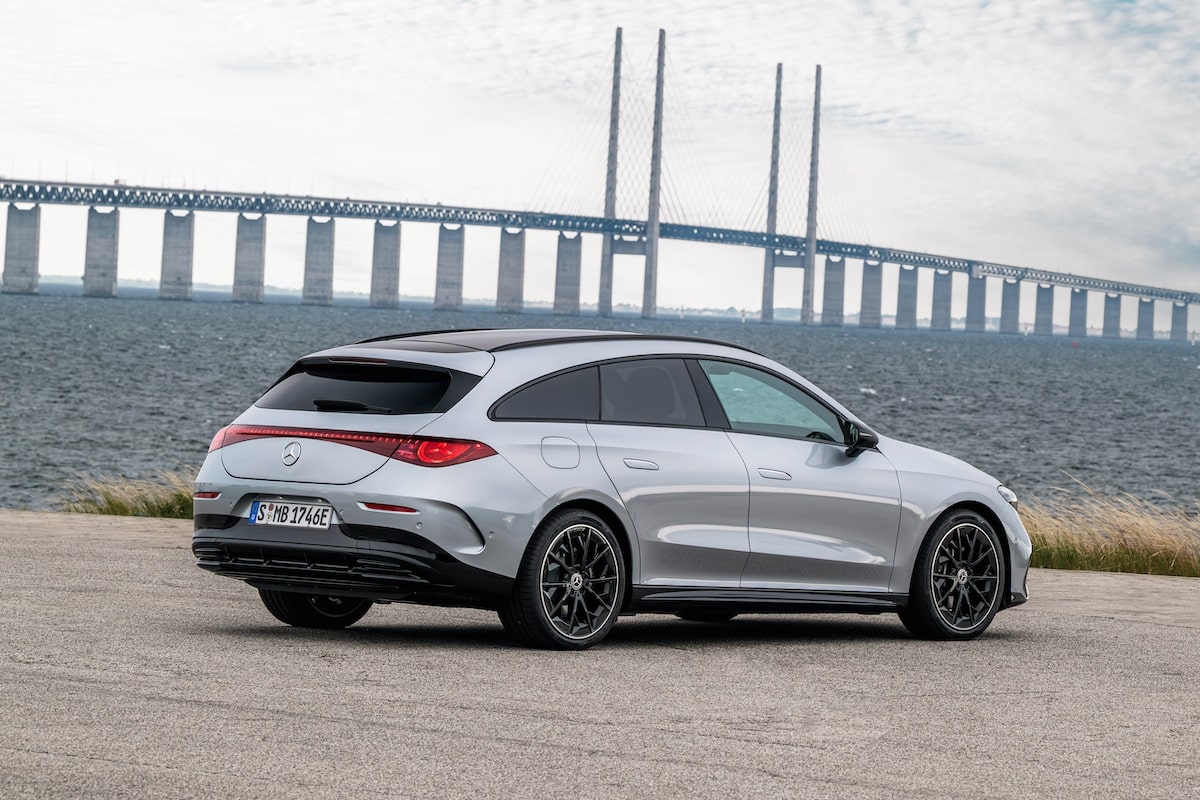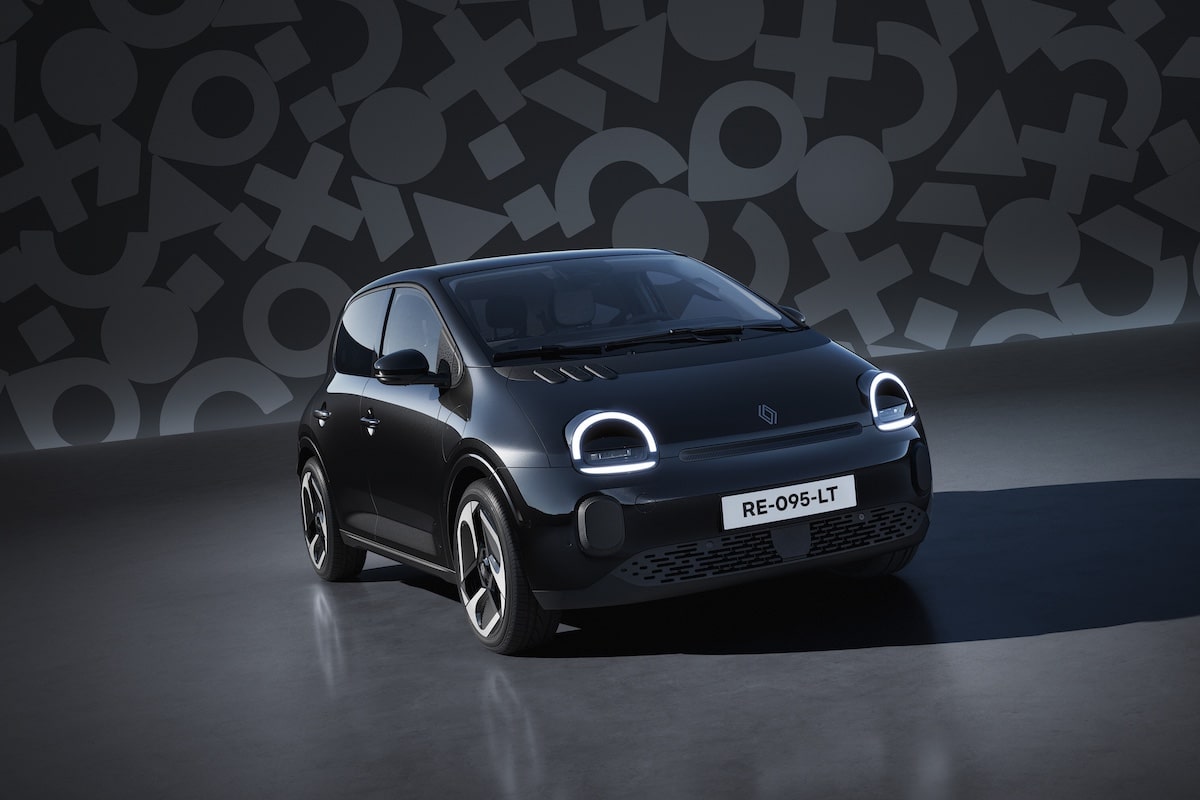Do you know why the range of electric cars no longer decreases with age?

Manufacturers have found a super simple trick to make you believe that your battery doesn’t lose any performance.
Ahhh, technology and its dizzying progress. All wrapped up in communication and marketing about the superiority of this or that manufacturer to make us believe that batteries are now immune to the wear of time. Black magic?
Sure, the electronic management of battery charge and discharge has made significant strides over the past decade. But ultimately, the trick set up by the manufacturers is much simpler than we think. How many blogs or forums where Tesla users (they are the most enthusiastic and geeky to date) boast about the very low loss of range of their car over time, kilometers, and charging cycles.
The strategy of manufacturers is, however, simplistic: install batteries with a much higher capacity than that announced on the specification sheet. Batteries are then electronically limited to operate only within a specific energy range.
Phantom “buffer” capacities?
In reality, manufacturers anticipate the loss of battery performance by over-dimensioning them. When you think you have 60 kWh, for example, the battery may actually conceal 75.
A software limitation restricts access to a portion of the total capacity of the battery and varies it according to its degradation so that it doesn’t appear to customers. This unused portion acts as a reserve to compensate for the loss of capacity that occurs naturally over time and through charging cycles.
This throttling has a virtue: by not constantly utilizing the full capacity of the battery, the manufacturer can reduce stress on the battery and slow down its degradation. The same applies thermally during high-power charging. This is also why, after 80% charging, the time to reach 100% is very long: because the amount to be charged is much greater than one might assume. QED…
The case of Tesla
The best episode to date to illustrate these claims is Tesla’s decision to soon increase the range of its Model Y Propulsion already in circulation. By what magic? A simple check of 2000 euros and a software update for the car since the battery is significantly sized to handle this increase in range.
With the passage of years, Tesla has a better estimate of the performance losses of the batteries used in its vehicles. The “safety” margin will therefore be respected, while offering a bit more range. This increase will vary based on the origin and chemistry of the batteries, between 64 and 96 kilometers.
ALSO READ: Why solid-state batteries will revolutionize electric vehicles?
This page is translated from the original post "Savez-vous pourquoi l’autonomie des voitures électriques ne baisse plus avec l’âge ?" in French.
We also suggestthese articles:
Also read





